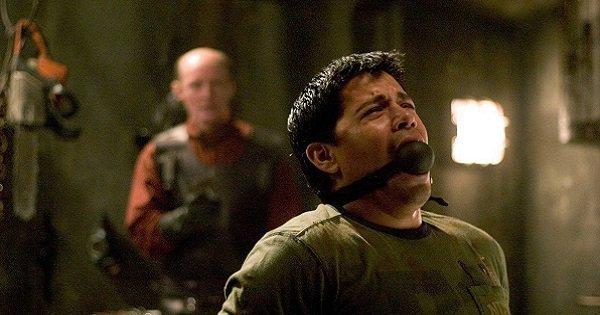Tactical deception is the term they use for it.
The Allies were looking for new ways to defeat and deceive the Germans during World War II. A new division was to be formed. It was to consist of 1,100 men. A unit made up of actors, artists, architects, engineers & set designers officially known as the 23rd Headquarters Special Troops, unofficially, and more accurately, known as ‘The Ghost Army’.
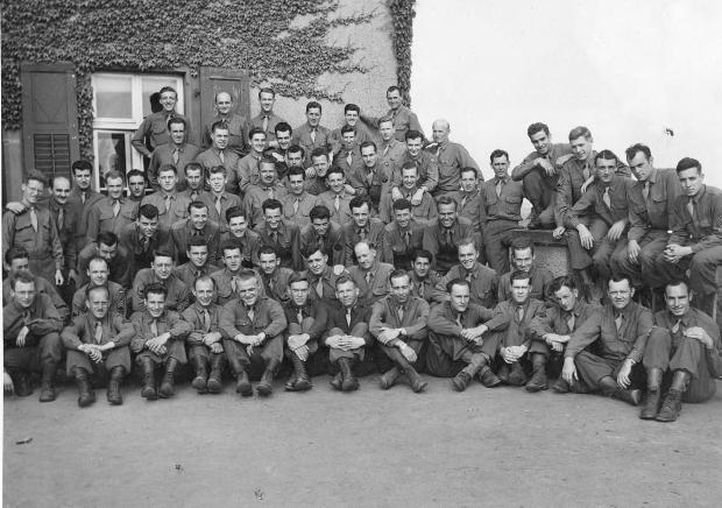
Let’s get to the orders they were given. Imagine being in a room with your troops and a senior official comes up to you and says that your task is to fool the world’s most power-hungry psychopathic narcissist dictator and his troops. In other words, deceive Adolf Hitler & his men.
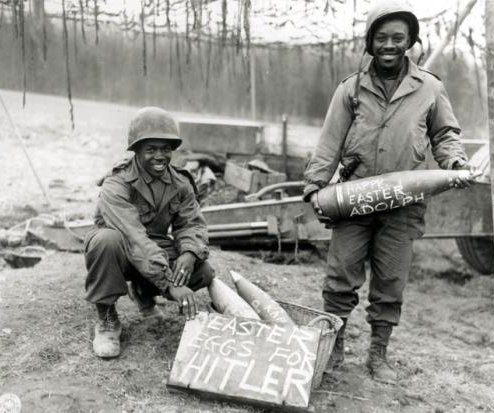
Not as easy as you might think. Anyone in their right mind would know that the Nazis were tactically quite sound. So outwitting them wouldn’t be a simple task. But these were men of theatre and their stage this time was the battlefield.
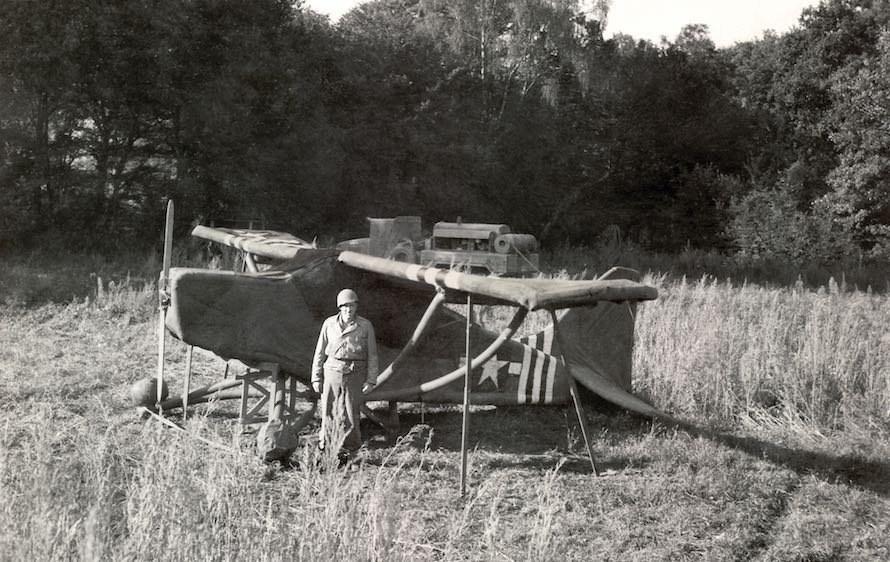
So how would they go about it? Well the first part of the plan was physical deception. Which led to the “creation” of different military units. Stress on creation because they used inflatable tanks and rubber planes to create regiments out of thin air, as it were. They included some original tanks here and there to make it look more convincing.
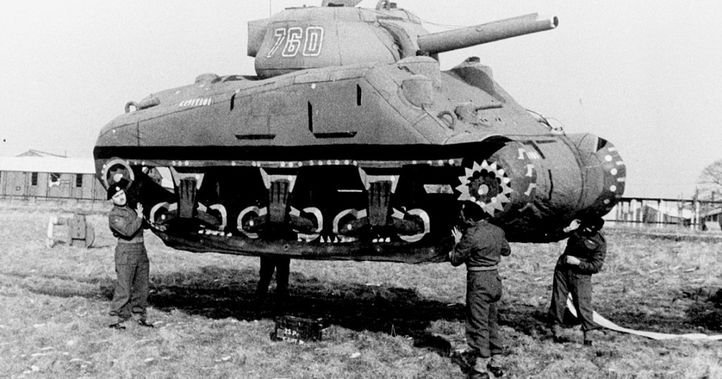
They also made a few trucks circle around the same area more than once, leaving the impression that the convoy was spectacularly large. These fake units were deployed many times in real close proximity to the enemy, who would waste artillery on them as the real troops headed in a different direction.

They also resorted to sonic deception. From recording artillery noises to the sounds of an entire bridge under construction, made even more convincing by the chatter of voices with an odd insult or two. They played these recordings on powerful amplifiers audible from over 20 kms away.
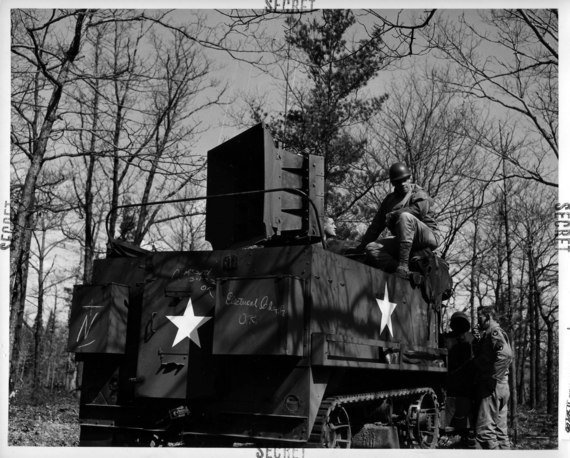
It was almost impossible for the Nazis to gauge the size of the opposition. Mostly, the numbers seemed huge. More importantly, they had trouble figuring out the position of the real troops as their resources were directed towards an army that never really existed.
There was a spoof radio as well, that delivered fake yet convincing updates, which once intercepted by the Axis Forces made them believe that the Allies were somewhere close by. This was really helpful when the Allies needed an uninterrupted departure from a particular area.
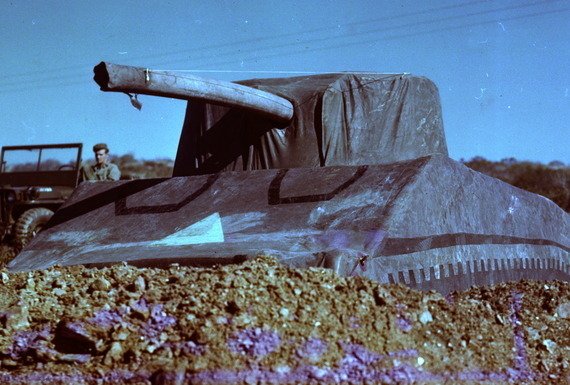
The ghosts would also dress up as soldiers, enter pubs and leak information, which spies would then relay to the Nazis not knowing that all the info was false. Sometimes the ghosts simply dressed up like known generals and went for a stroll. Again making the enemy believe that a particular regiment was in the vicinity.
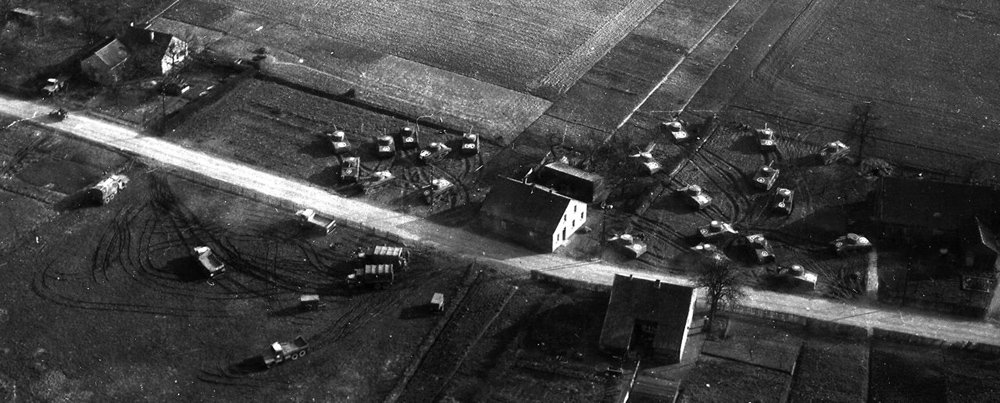
Their grand deception was fed by what they called the ‘atmosphere’. A mixture of all elements of deceptions plus using names and insignia of different regiments on the inflatable tanks and planes. The Nazi recon units were left as confused as ever.
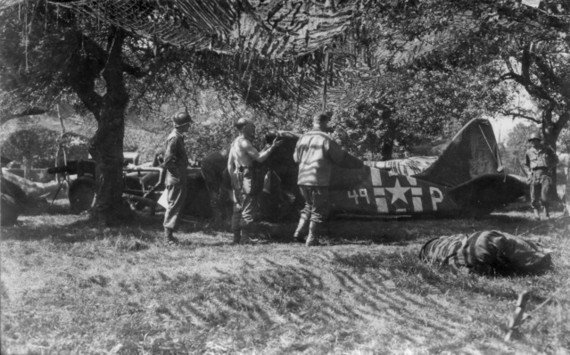
It wasn’t easy at all, to ensure that none of the inflatable stuff got punctured, to make sure that nothing toppled. One mistake would be a give away. But their deceptions were near perfect. The Germans eventually called them the Phantom Army. Simply because the ghosts seemed to be everywhere.
Between 1944-45, they carried out 21 successful operations.
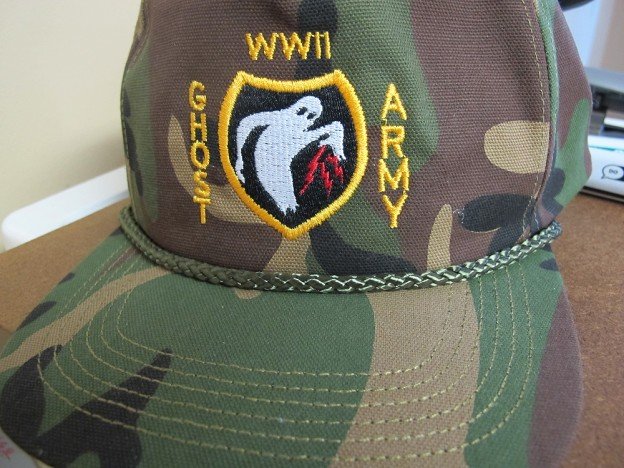
They travelled the world impersonating units, officers and armoured divisions. All in all, their greatest victory was that they saved thousands of lives by diverting the Nazi forces, sometimes within yards of themselves but away from Allied troops.
They disbanded in September, 1945. No one knew of their existence. Their stories of bravery weren’t relayed right after the war. But eventually, 40 years later, in 1996, one of the best kept secrets of the 2nd World War was revealed.
Although a lot still remains classified, the world finally got to know of those 1,100 men soldiers, who braved the Nazis by not firing bullets but by embracing something as simple, and literal in their case, as the art of war.
(Also read: Jasper Maskelyne, The Magician Who Defeated Hitler’s Armies During World War II)






